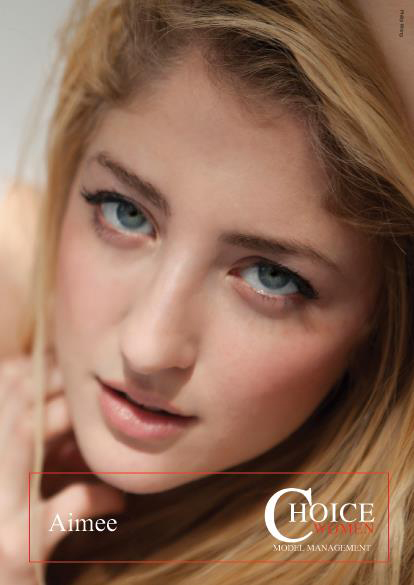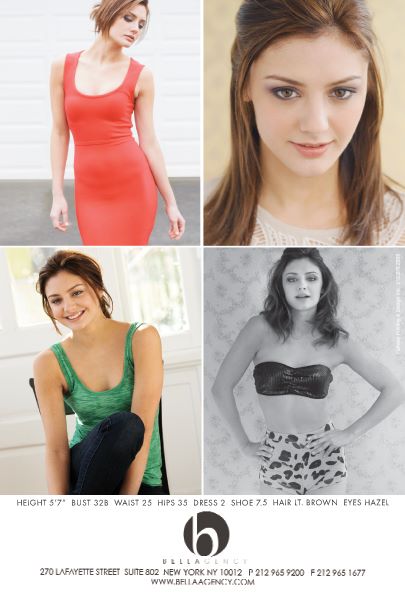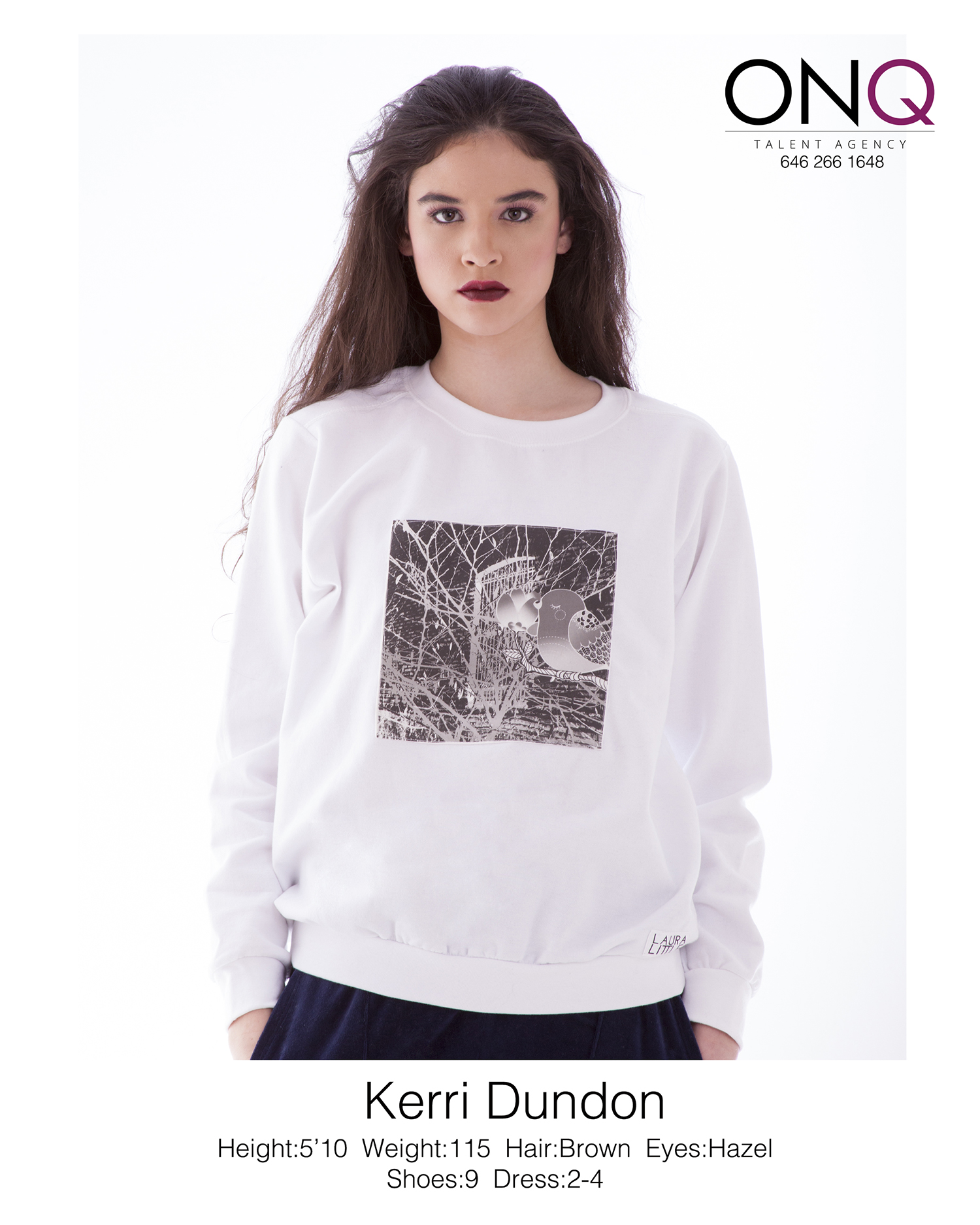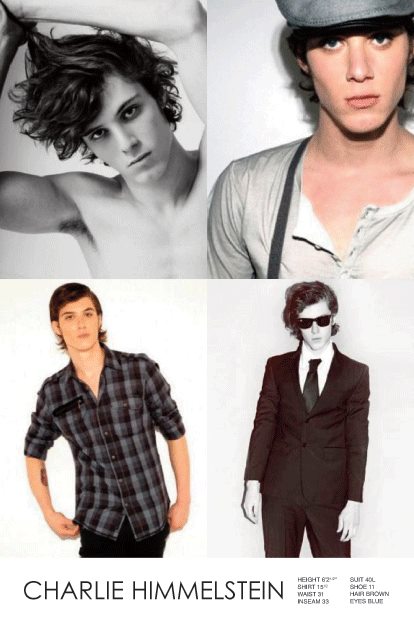Color or Black and White?
Color is the industry standard — it’s no longer black and white. Black and white headshots look dated.
Size
Headshots are sized 8 x 10”, and are typically oriented vertically.
Commercial vs. Theatrical
There are two main categories of headshots: commercial and theatrical. It’s best to have both of these at your disposal.
Commercial headshots are meant to appeal to the advertising industry. They should be warm and bright. Smiling is usually recommended. The goal is to look relatable and trustworthy.
Theatrical headshots are meant for castings in film, TV shows and plays. It’s typically more artistic, and is meant to show off your personality and show more depth and nuance. Some actors choose to smile, others do not. Decide what kind of impression you’d like to make, and how to best reveal who you are as an actor.
Resume
It’s common practice to either staple or have your resume printed on the back of your headshot. It’s easier to hand over to people in the industry this way, and it ensures that both pieces travel together and that casting directors will have access to both.
When deciding whether to use a stapled or printed resume, just keep in mind that resume changes more often than your photos. It’s a good idea to print only a small batch of headshot/resume combos, and then have a stack of stand-alone headshots which you could always staple your resume to if needed.
Getting the Right Look
It’s important that your headshot is honest and gives an accurate portrayal of what you look like. Directors are searching for a certain look, and they will not be happy if you show up for your casting and don’t look like your headshot. With this in mind, you should update your headshot at least every five years (many actors do once a year), or after any major physical changes such as weight loss or gain, a change in your haircut, etc.
Again, the goal is to appear trustworthy and show who you are as an actor. It’s not a fashion shoot, so avoid angled poses, and remember to look at the camera.



